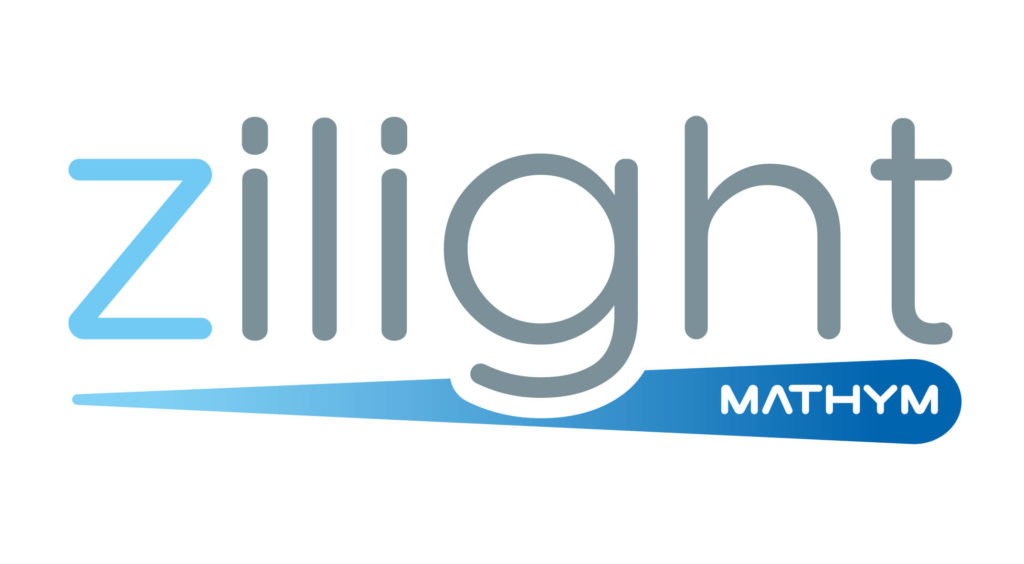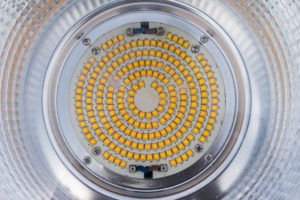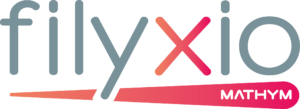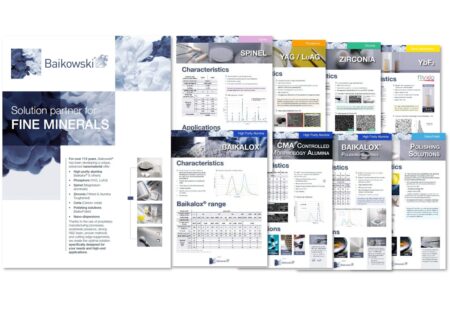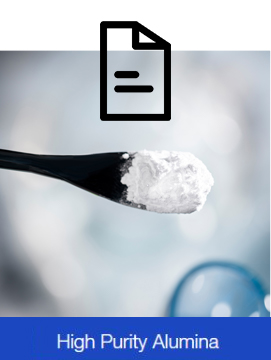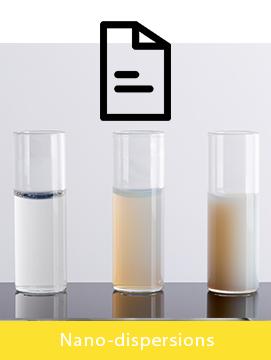How do we characterise and design powders and slurries thank to our in-house analytical skills?
Listen to Livia MARRA explanations, our Senior Project Manager, in this short video.
” Hello, my name is Livia Marra. I have been working for Baikowski since 2012. I started as a trainee engineer before becoming a R&D project manager.
Baikowski is a 115-year-old company, specialized in high purity alumina and many other oxide powders.
Our headquarters and manufacturing plant are located in Poisy, in France. We have another manufacturing plant in the United States, a joint venture in Japan and several sales offices around the world.
Mathym joined us in 2019 and is specialized in nano-dispersions. This branch of Baikowski enables us to expand our product offering and expand in new markets such as the dental one.
We address several markets including automotive, electronics, medical, watch & jewelry, aerospace & defense and cover applications in ceramics, polishing and batteries.
With so many high-end applications, we have great analytical needs, either to respond to our client demands, or to anticipate their needs. That’s why we are always looking for ways to improve our products characterization. For this purpose, we bought the “Calvet Pro of Setaram” that provides us thermogravimetric and DSC analyses.
As an example, we use it to measure the moisture absorption of our alumina powders. In lithium-ion battery applications, we know we can’t have water as it would interfere with lithium metal. By figuring out the mass uptake by a powder during its exposure to a humidity air flow, we are able to calculate the absorption rate of a powder.
For catalytic applications, the device allows to inform customers on the acidity/basicity of our products, their ability to absorb different type of gas.
We can also assess the mass lost of a powder with blinder system or the decomposition temperature of a special product. In addition, we can carry out a synthesis knowing the transformation temperature of the powder.
As a conclusion, thanks to the flexibility of this device and our analytical skills, we can meet a lot of our customers’ expectations. ”
Learn more on customization



